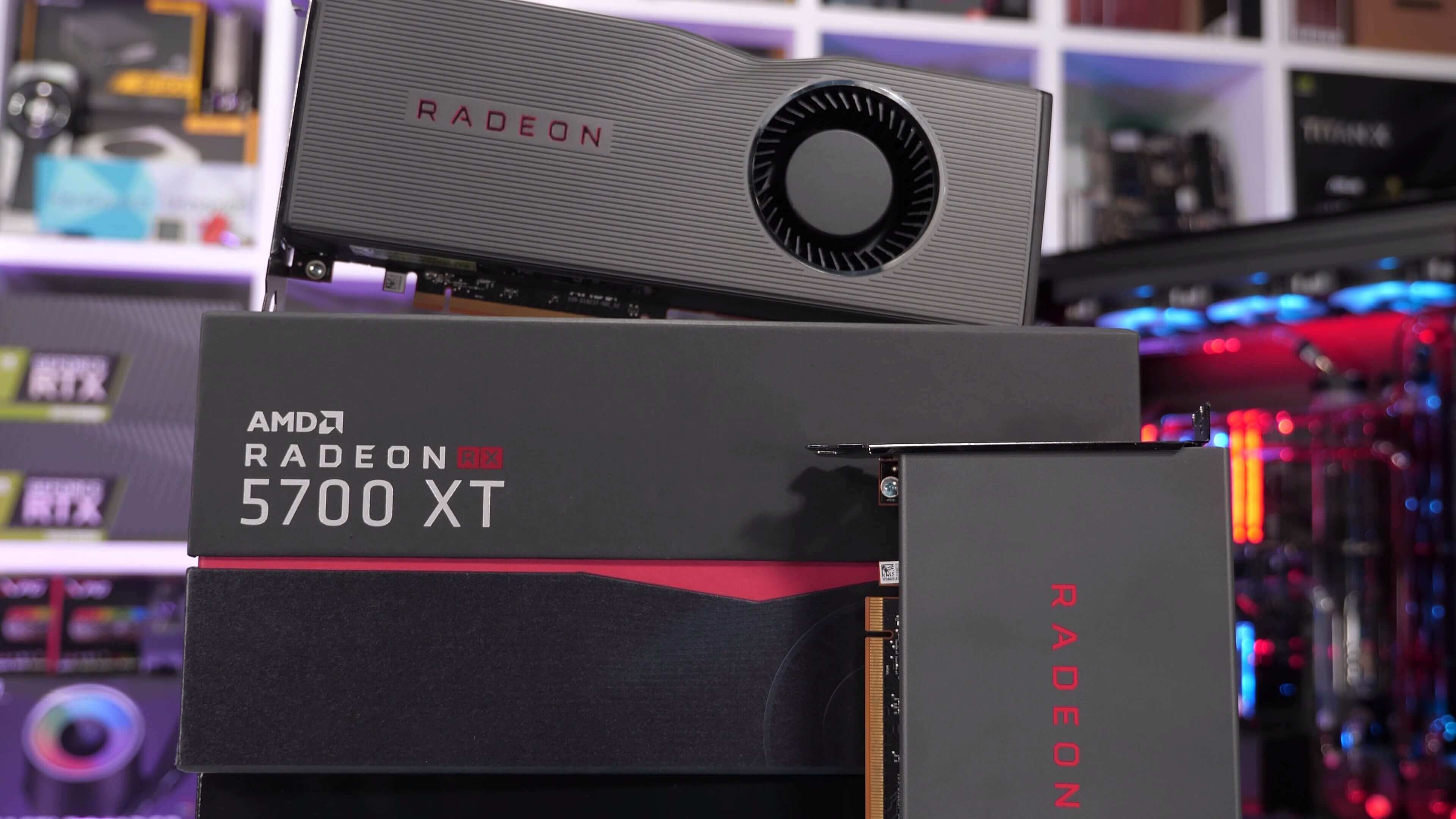Bottom line: The GPU wars are on, and AMD is playing hardball. Its latest move in cutting the prices on its RX 5700 cards was not a reaction to Nvidia’s Super 20 series launch, but rather a sneaky pre-planned pricing strategy... or so AMD says.

As you may recall, when AMD unveiled the Radeon RX 5700 and 5700 XT, it listed them with an MSRP of $379 and $449 respectively. When Nvidia launched its GeForce RTX 2060 and 2070 Super cards in an apparent attempt to torpedo AMD’s RX release, AMD responded by slashing its prices to $349 and $399.
However, in an interview with Hot Hardware (below 26:30), AMD Vice President and General Manager of the Radeon Division Scott Herkelman said the price cuts were a pre-planned maneuver to get Nvidia to overprice its Supers.
“We know that they [Nvidia] have a tremendous burden on their gross margins, because their die size is big, and so we just game-played suggested retail prices,” said Herkelman.
However, it was more than just a play to get its rival to bump its pricing. Herkelman says that they saw that the regular RTX 2060 and 2070 were struggling with slow adoption. AMD wanted to cause a “logjam” there too.
“We made the appropriate move not only to deposition their Super series but also to logjam their 2060 and 2070 because we knew that they’re having slower success,” Herkelman admitted. “And we wanted to do a double fake, which was not only to block their Super strategy but also slow down their 2060 and 2070.”
Was it an underhanded move? Sure, but all is fair when it comes to beating out your competitor, and it ultimately results in a win for the consumer. As far as Herkelman is concerned, it’s a win for AMD as well.
“It's been so much fun these last couple of weeks just playing that out,” said Herkelman. “It's just fun finally to win.”
Indeed, it is just as fun for the consumer watching the GPU makers duke it out to the tune of lower prices.
https://www.techspot.com/news/81044-nvidia-fell-orchestrated-pricing-trap-amd-exec.html